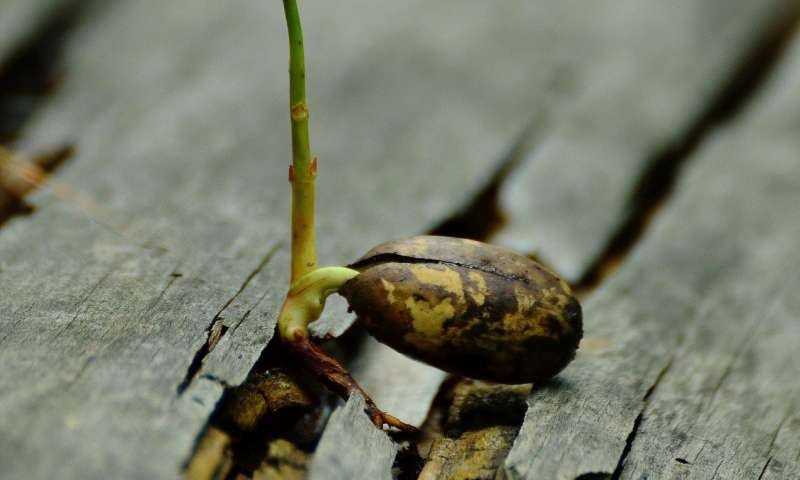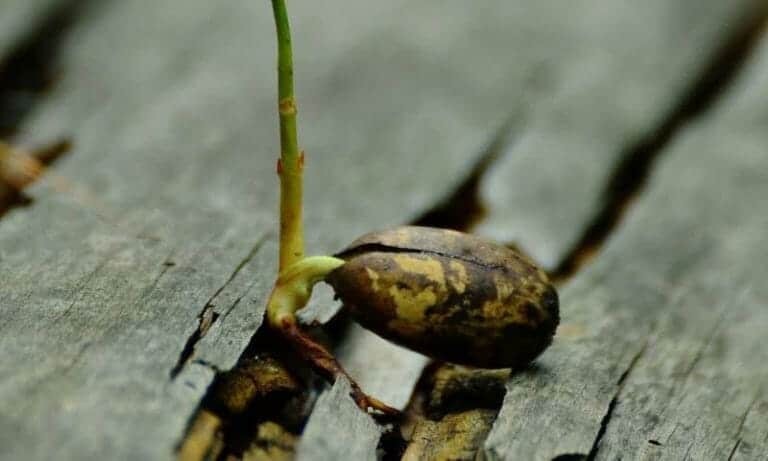Arabidopsis thaliana root growing on soil preferentially branching towards moist soil. Credit: Daniel von Wangenheim
New research has discovered how plant roots sense the availability of moisture in soil and then adapt their shape to optimise acquisition of water.
The discovery could enable crops to be bred which are more adaptive to changes in climate conditions, such as water scarcity, and help ensure food security in the future.
These findings, published in the journal Science, describe a new molecular mechanism discovered by collaborating teams at the universities of Nottingham and Durham, primarily funded by a joint award from the BBSRC.
Roots are critical for plants to acquire water and soluble nutrients from the soil. Water is essential for plant growth, yet changing climatic conditions makes acquiring moisture from soil even more challenging. Plants are able to adapt to different soil moisture conditions by altering their root architecture, but up until now, it was not understood how this is done.
Hydropatterning roots
Root branches only form when in direct contact with soil moisture using an adaptive response termed ‘hydropatterning’. Professor Malcolm Bennett of the University of Nottingham, and Professor Ari Sadanandom from the Department of Biosciences at Durham University, discovered that hydropatterning is controlled by a branching master gene called ARF7. Their teams observed plant roots lacking ARF7 were no longer able to hydropattern. The researchers concluded that when roots are exposed to […]
Full article: Divining roots—revealing how plants branch out to access water
Our most popular post (so far!) about plants’ roots:
Plant roots go to extreme lengths to find water



